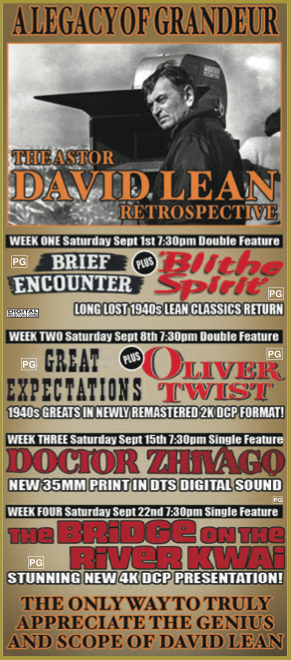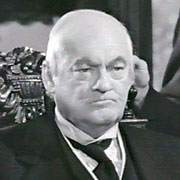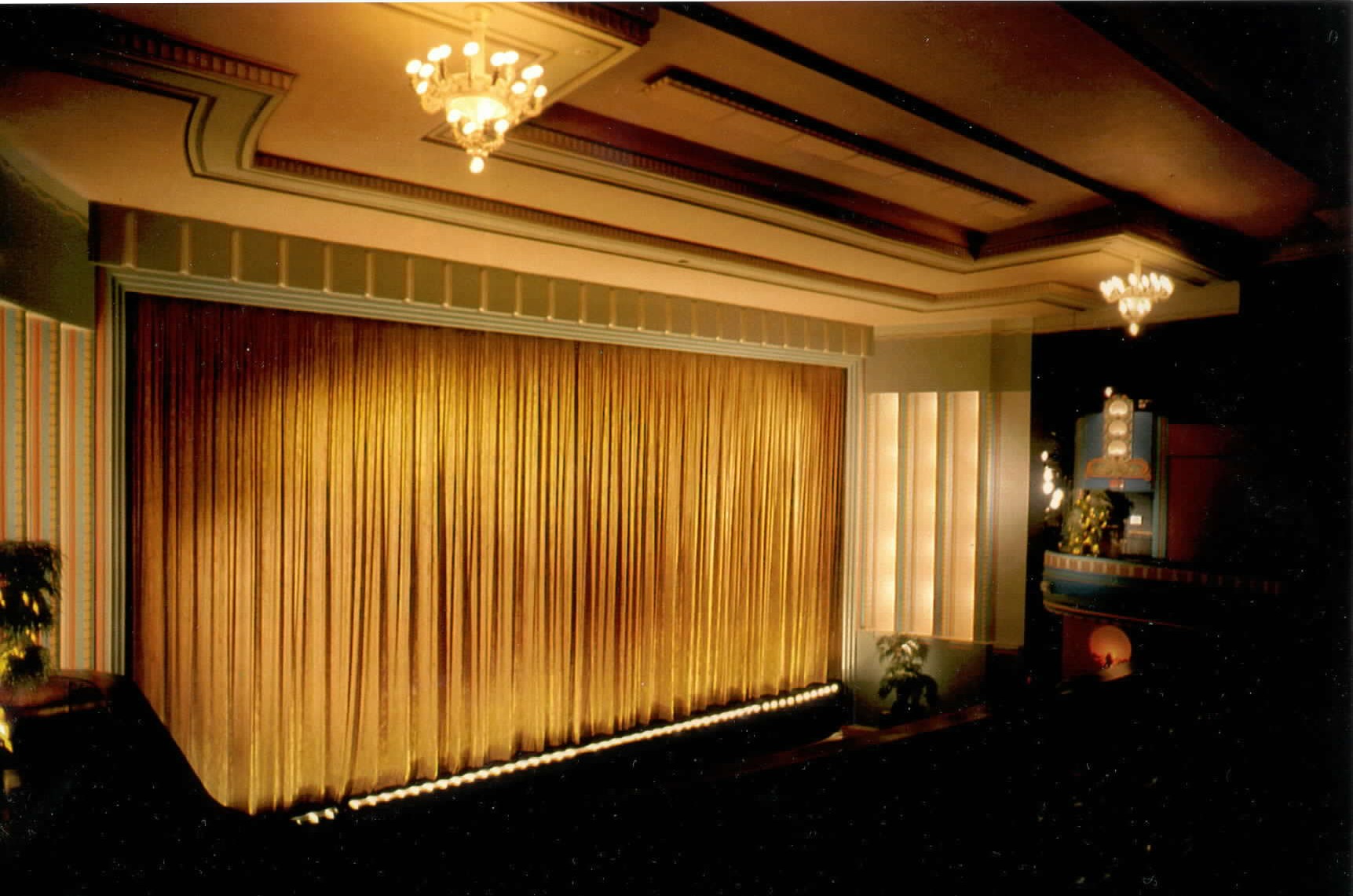If you read my open letter to St Michael’s a few months ago – a letter that was, in its intent, far more sincere than I discovered some people assumed – you’ll know that Melbourne’s Astor Theatre, a cinematic emporium whose cultural importance cannot be overstated, was under threat of closure.
By virtue of circumstance, St Michael’s Grammar School, the owners of the extraordinary art deco building that houses the Astor, was cornered into the role of the villain. It was clear that they were only acting in the best interests of their students, but those interests were working in direct opposition to the survival of a unique cultural institution, and one many of feel very, very passionate about. To use a cliché that I trust St Michael’s advises its students against using in their own writing, they were damned if they did, and damned if they didn’t. I did not envy them.
The community rallied, and turned out in force for the massive Save The Astor rally this past June, but what followed was a worrying silence. There was a sense that something was going on behind the scenes, but nobody on the outside of the bubble knew what that was. Last week, we found out.
St Michael’s Grammar has relented, and sold the building to businessman Ralph Taranto.
Who is this man? A ruthless corporate figure, one who’d no doubt be played by Lionel Barrymore in the film, who would tear the building asunder and sell it off, molecule by molecule?
Thankfully – gloriously – no!
Ralph Taranto loves his cinema, and having spoken to some people who have had dealings with him, it sounds like this love is genuine and sincere. Taranto clearly has a passion for keeping the Astor going, and he’s already committed to extending the business’s lease, as well as giving the building some much-needed refurbishments.
Right now, you probably want to give him a bear hug. Get in line.
Mr Taranto is definitely a hero in this situation, but he’s not the only one. (Although, as my Hell Is For Hyphenates co-host Paul Nelson pointed out to me, the saving of the Astor Theatre has a strikingly-similar narrative to the saving of its spiritual sister, the New Beverly Cinema in Los Angeles. Not least because the Astor was saved by Ralph Taranto, and the New Beverly was saved by the nominatively-similar Quentin Tarantino!)
It strikes me that we should also be thanking some of the higher-ups at St Michael’s Grammar. They deserve a significant amount of the credit for this result, because they were under no obligation to sell the building. Zero. It seems apparent that they did so because they recognise that they are themselves part of the community, and the community had made its feelings very clear. If you’re wanting to give Ralph that hug, St Michael’s deserves, at minimum, a high five.
It goes without saying, but none of this would have happened without the incredibly tireless efforts of both the Astor Theatre itself and the Friends of the Astor organisation. I know at least one of the key figures prefers not to be singled out for credit, so we’ll simply credit the larger entities.
So, what next? A suggestion that you, the reader, support the Astor?
No. Definitely not. To ask you to ‘support’ the Astor is to suggest that it’s some sort of responsibility, a task you do out of duty*. And if it was such a thing, it would never have survived the past eighty years.
Tomorrow night, the theatre will play a double featuring two of my favourite films of the year: The King of Devil’s Island and Declaration of War. Great films on their own, but the pairing is inspired.
 There’s a David Lean retrospective starting on Saturday, featuring Brief Encounter, Blithe Spirit, Great Expectations, Oliver Twist, Doctor Zhivago, The Bridge Over the River Kwai, and the brand new restoration of Lawrence of Arabia. (The first time I saw Lawrence was in 70mm at the Astor. The second time was in 35mm at the Astor. I can’t wait to see their 4K digital print looks like.)
There’s a David Lean retrospective starting on Saturday, featuring Brief Encounter, Blithe Spirit, Great Expectations, Oliver Twist, Doctor Zhivago, The Bridge Over the River Kwai, and the brand new restoration of Lawrence of Arabia. (The first time I saw Lawrence was in 70mm at the Astor. The second time was in 35mm at the Astor. I can’t wait to see their 4K digital print looks like.)
Then there’s the amazing four-hour Woody Allen: A Documentary, a Wes Anderson retrospective, a Russ Meyer ‘Vixen-Fest’, the George Romero Night/Dawn/Day trilogy on the one night, the Back to the Future trilogy on the one night, the extended version of Kenneth Lonergen’s Margaret, 2001: A Space Odyssey in 70mm, Kenneth Branagh’s Hamlet in 70mm, a Jodorowsky double of Holy Mountain and El Topo, the Lord of the Rings extended edition trilogy on the one day, a double of Cabin in the Woods and Drag Me To Hell… and all of that within the space of only three months. Not only is the above just business-as-usual for the Astor, but I actually left out a whole lot of incredible stuff. Go take a look if you don’t believe me.
This is one of those rare instances when everybody wins. St Michael’s still gets to use the Astor for school events. We get to keep our beloved cinema. And much like the classic films it so frequently plays, the building itself will be subject to a gorgeous restoration. The only way this could be better is if I was allowed to live there.
So don’t feel obliged to ‘support’ the Astor; just visit it every night for completely selfish reasons. When I’m back in Melbourne, that’s exactly what I’ll be doing.
* That said, you should definitely join Friends of the Astor.



